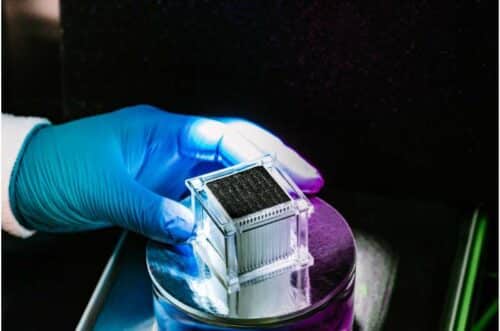Researchers have developed a simple solar-powered method to make seawater drinkable and could be used in emergency situations or on life rafts.

Researchers have concluded that if the world’s water supply were only 100 liters (26 gallons), our usable water supply of fresh water would be only about 0.003 liter (one-half teaspoon). Imagine being stuck in the middle of an ocean, completely surrounded by water yet not even a drop is drinkable. A lifeboat generally has enough utilities like desalting device, food, compass etc, to help up to an extent. But later on they might start to fade. Everything one might have after this point is abundant sunlight and water which cannot be used for drinking purposes.
A solar distillation device can purify brine from reverse osmosis plants with over 10 percent salinity, as well as water taken directly from the Red Sea. The technology offers double the freshwater production rate of existing salt-rejection solar stills. Researchers from King Abdullah University of Science and Technology has developed several nanomaterials and thermal isolation processes to enhance the evaporation of brackish water into pure steam.
This new evaporator is a centimeter-scale plastic cube that contains several glass fiber membranes—thin materials normally used for filtration. A horizontally aligned membrane coated with carbon nanotubes acts as a light-absorbing layer on the cube’s upper surface. Underneath it, a series of vertically oriented membranes, or “mass transfer bridges,” separate the solar absorber from the bulk salt water.
“Other evaporators can realize good salt rejection, but with a short backflow process, there’s a lot of heat energy loss and it impacts water generation rates,” says Yang who is responsible for conceiving the design. Testing in both indoor labs and outdoor field stations revealed the solar still could meet the drinking needs of two people daily, with estimated raw material costs of US$50 per square meter.
Reference : Kaijie Yang et al, Three-dimensional open architecture enabling salt-rejection solar evaporators with boosted water production efficiency, Nature Communications (2022). DOI: 10.1038/s41467-022-34528-7






